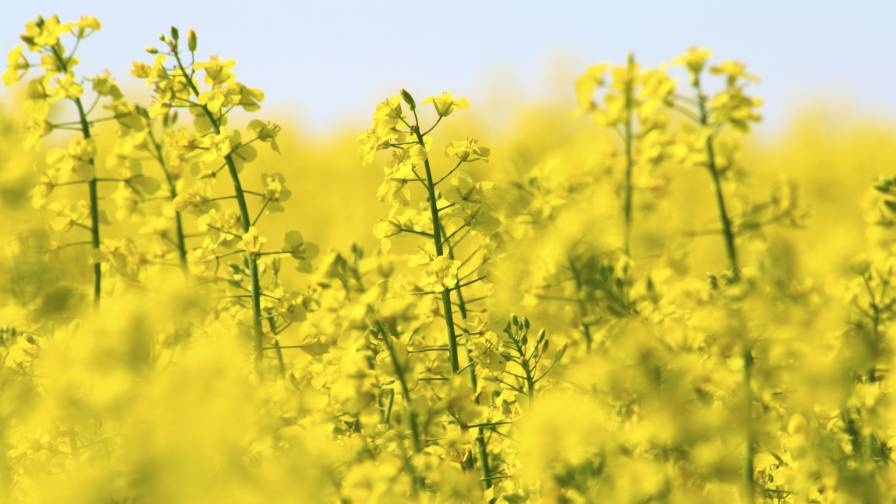New Info Could Help Control Boll Weevils
Boll weevils in the subtropics subtropics remain active during the winter, feeding on orange, grapefruit,and other plants instead of hibernating, Agricultural Research Service (ARS) entomologist Allan Showler has discovered. For many years, says ARS, the feeding habits and nutritional requirements of the boll weevil – one of the most destructive cotton pests in the Western Hemisphere – have been poorly understood, making it harder to eradicate.
Showler has been investigating boll weevil ecology in subtropical environments at the agency’s Integrated Farming and Natural Resources Research Unit in Weslaco, Texas for nearly a decade. The research could help scientists develop new biological and ecological approaches to controlling boll weevils. This new knowledge may help enhance the Boll Weevil Eradication Program in the subtropics, run by the US Department of Agriculture (USDA) Animal and Plant Health Inspection Service and supported by ARS research. The program has enabled cotton farmers to increase their cotton yields by at least 10% since the program’s inception.
It was previously believed that over the winter, boll weevils entered a form of hibernation or dormancy called diapause. But Showler has found that boll weevils remain active in during winter in the subtropics, surviving by feeding on the edible portion of orange, grapefruit, which can sustain adult boll weevils for as long as eight months – more than enough to see them through the mandatory cotton-free winter period.
Read more about this research in the November/December 2008 issue of Agricultural Research magazine, available online at: http://www.ars.usda.gov/is/AR/archive/nov08/weevils1108.htm.






